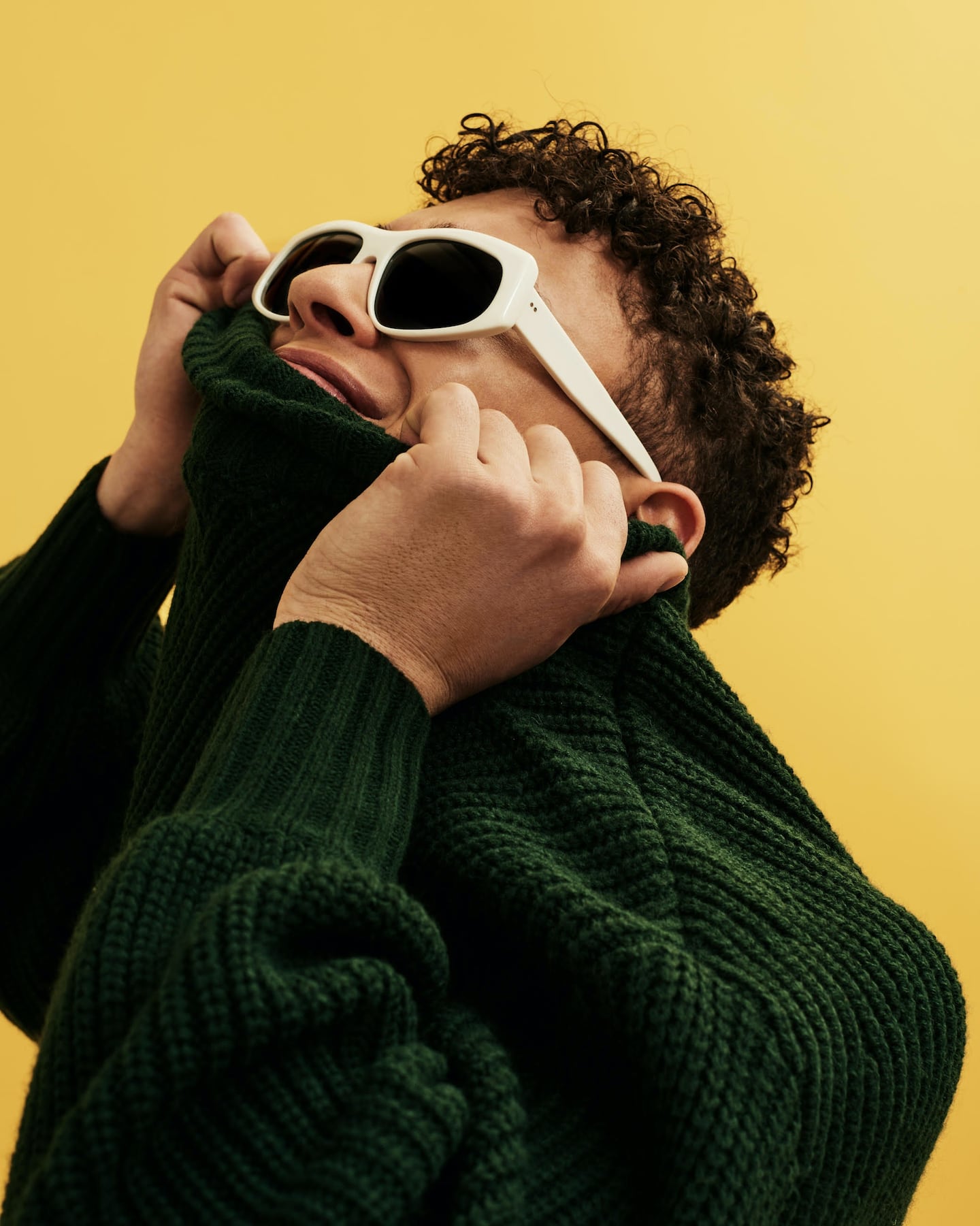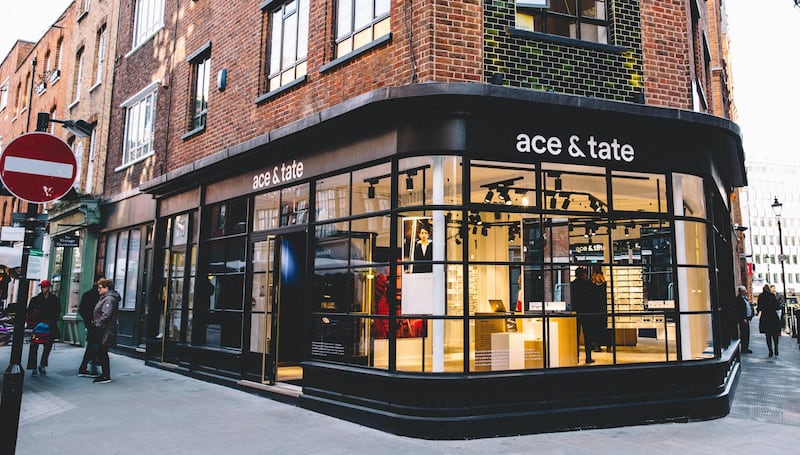
The Business of Fashion
Agenda-setting intelligence, analysis and advice for the global fashion community.

Agenda-setting intelligence, analysis and advice for the global fashion community.

AMSTERDAM, The Netherlands — It was during a trip to New York in 2011 that Mark de Lange came up with the idea to start direct-to-consumer eyewear label Ace & Tate — a play on the word "acetate," a material often used to create eyewear frames. "I bought a pair of frames, went back to Holland and realised that the process of buying glasses is expensive, takes long and is an unnecessarily complex process for the customer," he told BoF.
With the help of minority investors, De Lange launched Ace & Tate in 2013. The value proposition was simple: cut out the middleman and sell fashionable, handmade glasses for €98 (about $110), while allowing customers to try on up to four pairs, which are sent to their house without additional costs. “It’s basically as easy as buying a pair of sneakers,” he said.
Now, the brand is plotting further European expansion. Having already opened over 30 stores across Europe — 10 this year alone — it will now expand into two new London locations this month. The new Soho and Shoreditch stores follow the brand’s first London store, which launched in 2017, as well as recent store openings in Manchester and Bristol earlier this year.
There are plans to roll out four more stores by the end of the year: two in The Netherlands, two in Germany. In 2019, at least 20 more stores are planned to open across Europe, including those in Germany, The Netherlands, Belgium and Austria, alongside seven in the UK.
ADVERTISEMENT
The global eyewear market — which includes frames, contact lenses and sunglasses — is expected to reach $143 billion by 2020, up from $115 billion in 2017, according to data from Statista.
But for decades the market has been dominated by a handful of licensing giants and traditional, often sterile-looking local opticians. In recent years, however, a wave of direct-to-consumer brands, including Warby Parker in the US, Gentle Monster in South Korea and Jimmy Fairly in France, have found traction with consumers by creating desirable frames at accessible price points.

Ace & Tate's Earlham Street store in London | Source: Courtesy
According to De Lange, Ace & Tate has grown its business by triple digits year-on-year since inception. Sources close to the company say Ace & Tate is set to reach $40 million in revenues by the end of the year. It currently employs over 400 employees and has sold more than 500,000 pairs of glasses to date.
Venturing into established markets such as the UK where tourist foot traffic remains high helps increase brand exposure. In June 2018, Jimmy Fairly launched its first flagship outside of its native France, in London. Gentle Monster followed in July, launching its first Europe store a stone's throw from London's Oxford Circus, as well as a pop-up shop in Selfridges.
For De Lange, it was important to engage with consumers face-to-face — “especially with a difficult and personal product like prescription glasses.” In addition to opening more brick-and-mortar stores, Ace & Tate is also expanding its home try-on service with the introduction of a virtual technologies and online eye tests in order to ease the checkout process.
Related Articles:
[ How Direct-to-Consumer Brands Are Disrupting the Global Eyewear BusinessOpens in new window ]
[ The Top 10 M&A Targets in AccessoriesOpens in new window ]
[ Eyewear Brand Jimmy Fairly Plots UK ExpansionOpens in new window ]
From analysis of the global fashion and beauty industries to career and personal advice, BoF’s founder and CEO, Imran Amed, will be answering your questions on Sunday, February 18, 2024 during London Fashion Week.
The State of Fashion 2024 breaks down the 10 themes that will define the industry in the year ahead.
Imran Amed reviews the most important fashion stories of the year and shares his predictions on what this means for the industry in 2024.
After three days of inspiring talks, guests closed out BoF’s gathering for big thinkers with a black tie gala followed by an intimate performance from Rita Ora — guest starring Billy Porter.